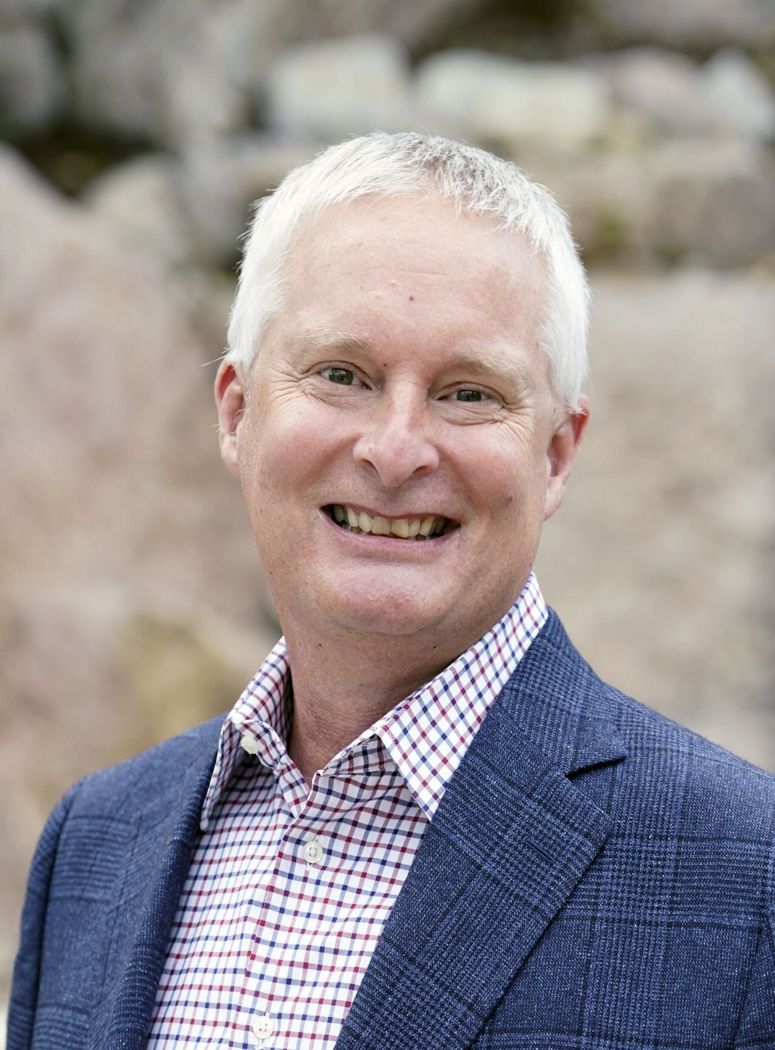Curriculum
In this program, you will gain practical skills you can put to use the next day at work.
How is your industry and the world changing around you? How quickly does your organization change relative to the industry? What parts of your organization are well prepared for the world of three years from now, and which are better matched to the world as it was three years ago. Use the Radar Screen tool to evaluate the answers to these questions.
What is your attitude toward risk and why is it that way? We often spend so much time trying to minimize the downside of any decision that we miss maximizing the upside. Explore why organizations behave the way they do around risk and how to use that knowledge to become a better decision maker.
What makes a high-quality decision? Using the seven attributes to a high-quality decision you can measure the quality before you make it. Evaluate decision quality, identify what needs to be done before a decision is made and determine when you are ready to move forward.
Time is valuable. Learn how to design sessions to engage with decision makers rather than simply presenting at them. Explore how to identify the elements of the decision that matter most and then create dialogue to engage with the decision makers on these important topics in a meaningful way.
Most decisions involve multiple players who each have their own agenda. Identifying the needs of the key players will help you make decisions that clarify trade-offs and maximize value for all stakeholders. Practice using a tool to understand what each player wants to get out of a decision.
Using the Decision Hierarchy tool, identify which elements of a decision should be taken as a given because they have already been decided, which to focus on now and which can wait until later. Understanding the key players and using the Decision Hierarchy tool will help you get started with any decision.
Explore how your industry is being transformed by examining The Innovator’s Dilemma. Identify whether you are at risk for disruption or poised to disrupt in your industry. Use this information to come up with new ways to think about your decisions.
Even mature businesses have room to grow if they redefine their market. No matter where you are in the business lifecycle, use insights into customer needs to broaden the market and make decisions that allow for growth.
Do you have all of the pieces in place to deliver on your value potential? This reflective tool will help to identify what is helping you and what is holding you back. Do you have the right staff, skills, style, structure, strategy, shared values or systems to add value? And, where will you focus your time and energy?
Whether you are a product manager with a portfolio of products, a senior manager with a portfolio of divisions or a conglomerate with a portfolio of companies, you will be challenged with requests for more time and money than you have. How do you think about decisions when there are multiple priorities that all need nurturing? Learn how to take into consideration the stage of maturity of each of the areas/products you oversee and adapt the way you nurture each based on their level of maturity. Use this insight to identify opportunities for growth and margin in each asset in the portfolio.
What makes you the right owner of your products, services or overall portfolio? If you are a specialty company with high margin products, you likely have a team structure with people and who can sell high value products. If you were to switch to a commodity product selling high volume, that could be a bad fit to your organization due to the structure you currently operate. Using the Natural Owner tool, you’ll identify the characteristics of assets that are good and bad for your organization to own.


